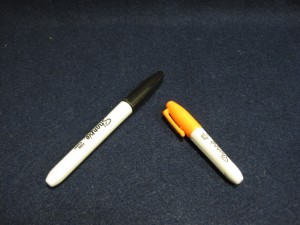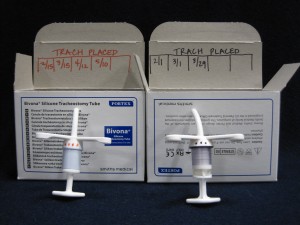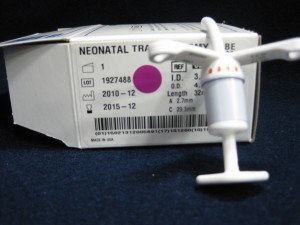Tips on Reusing and Rotating Trach Tubes
Trach tubes can be safely reprocessed, providing patients with proper ventilation and secretion management, while maximizing resources and saving health care dollars.
How many times can a trach tube be reprocessed?
It varies. The number of times a trach tube can be reprocessed is different for each model, so be sure to carefully read and follow the manufacturer’s instructions included in every box. The reprocessing number is printed on these instructions, but it appears in small print and can be hard to find, so you may need to search for it. If you have any questions or trouble locating the number, PHS would be happy to help. Or you can contact the manufacturer directly
PHS recommends a two-trach rotation system
Here’s a system we think works well. We recommend that each family have two trach tubes in rotation at any given time. This makes tracking less confusing, and it ensures a new trach will always be in place and ready for use while the other one is removed and properly cleaned and prepared for the next rotation.
Tips for keeping track of your trachs
Use two distinctly different-colored permanent markers for tracking purposes. Use one color for the first trach in rotation and the second color for the second trach in rotation.
Using the first colored marker, make a chart on the inner flap of the trach box, with exactly the same number of boxes as the number of times the trach can be safely reprocessed. For example, if you can reprocess your trach fives times, you should have five empty boxes on your chart. Then in the first box, write the date you put in the first trach. Just before placing this first trach, put a corresponding dot, using the same color marker, on the inner hub of the trach, and then add another dot each time you process the trach.
So, for example, if you have a trach that can be reused five times, you would not discard it until you are about to place your sixth dot. This helps you track the number of times you’ve processed each trach and allows you to store the unused trach in its correct box when not in use.
Keeping the trach with its original box is important because it helps you keep the lot number with the trach. If there are any issues with the trach, PHS uses the lot number when talking with the manufacturer to find a resolution.
How often should your child’s trach be changed?
It varies, depending on your physician orders. But it always a good idea to keep notes if you are noticing changes in the trach when you remove it for processing. If the trach comes out clean and clear, you may want to talk with your physician about keeping the trach in longer between reprocessing times to extend the use of the trach. If the trach comes out with heavy secretions and blockages, you should talk to your PHS respiratory therapist and physician about how to thin the secretions and maybe changing out the trach more often to ensure proper ventilation until the secretions are under control again.
Cleaning and disinfecting your trach
The process differs for each trach, so again, carefully read and follow the manufacturer’s instructions for each model. If you have trouble finding the appropriate cleaning instructions in the material that came with the trach, contact your PHS respiratory therapist.
What works for you? What experiences have you had with trach tubes? Do you use colored markers or do you have a different system for trach rotation? We’d love to hear from you.
 Rebecca Nielsen, RRT-NPS, LRT, is Directory of Ancillary Services at PHS.
Rebecca Nielsen, RRT-NPS, LRT, is Directory of Ancillary Services at PHS.





